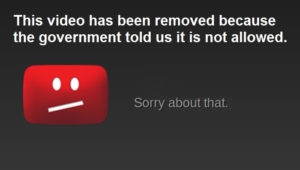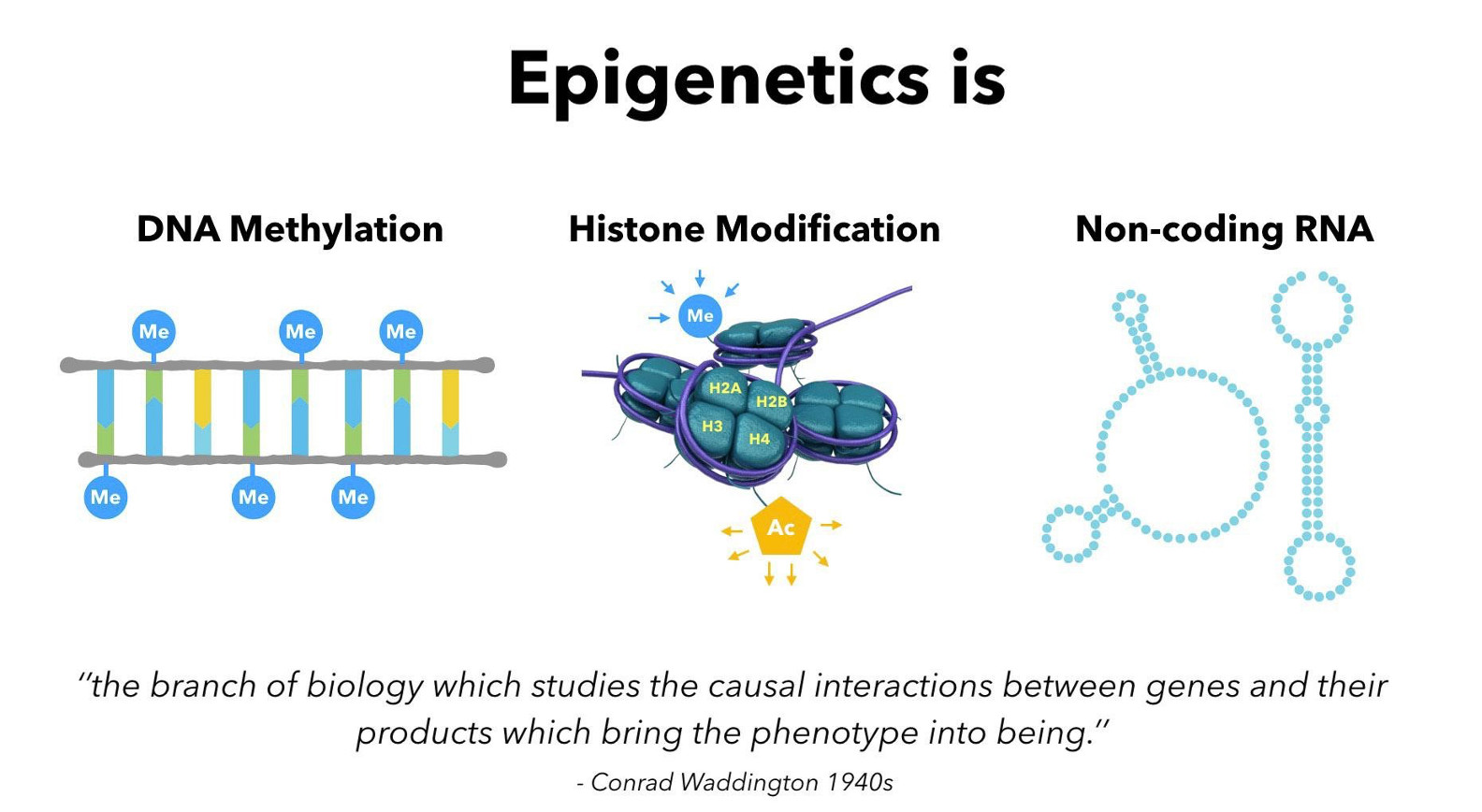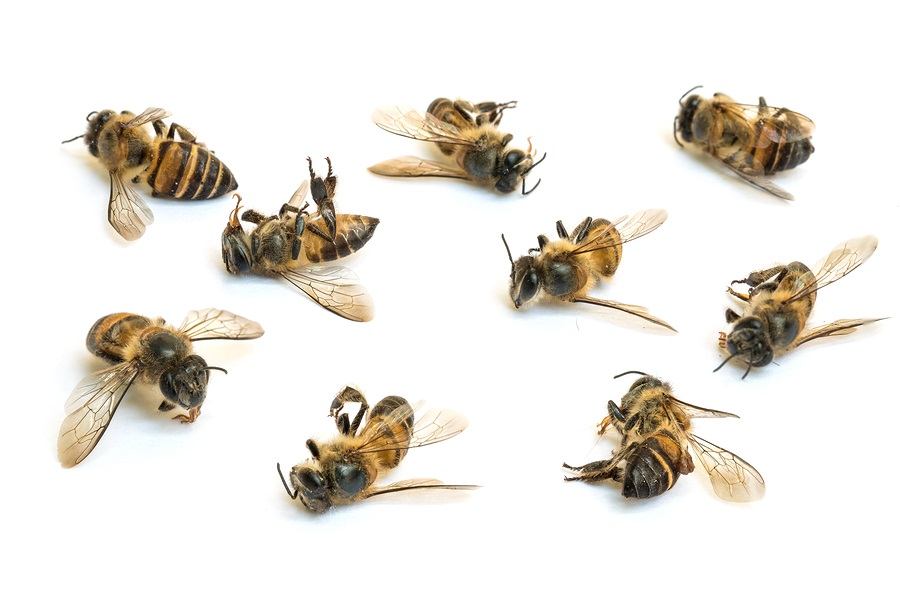The U.S. Government is Guilty of Domestic Bio-Terrorism – But Who Will Bring the Criminals to Justice?
Christine Dolan interviewed Sasha Latypova, a global PHARMA regulation expert, and Katherine Watt, a U.S. paralegal, on how the U.S. Government was able to murder and cripple millions of Americans with bioweapons, called "vaccines", as a military operation. This is a great interview highlighting the recent work of both Sasha Latypova and Katherine Watt in exposing how the PREP Act and Countermeasures programs were used to completely bypass Constitutional Law and implement their terror on the American people. But when Christine Dolan asks her guests at the end of the show: "So where do we go from here? What is it that people need to know, with this knowledge?" - the answers her two guests supply show their naïveté. The American judicial system protects the guilty, not the innocent. They serve the interests of Wall Street billionaires and bankers, and these are the true "deep state" or "cabal" or whatever description you want to give them, because they are the ones that make sure they have their own judges sitting in key courts, and that includes the U.S. Supreme Court. Both "liberal" and "conservative" Supreme Court justices have consistently ruled against plaintiffs trying to stop COVID vaccine mandates, just as they have not ruled against the fraud and criminal activities of the U.S. Vaccine Court prior to COVID. The only way these criminals are going to be stopped is if there is massive resistance among the public, and that is going to be extremely difficult when the country is so divided over partisan politics, where one half of the population blames the other half for all our problems today, simply because of their political affiliations and political heroes who they think are going to come in and save the day. The other problem in massive resistance is that America is a nation of drug addicts, addicted to Big Pharma's products, and how many are going to stop using their drugs and seek out natural alternatives that in almost every case are more effective? When medical doctors point out the COVID "vaccine" corruption and yet still fight to maintain their medical licenses so they can continue to collect their paychecks from a system that has now murdered and maimed millions of Americans, be very careful about listening to what they think the solutions are going forward, because they still want to profit from that system, when this evil medical system needs to be utterly destroyed.












